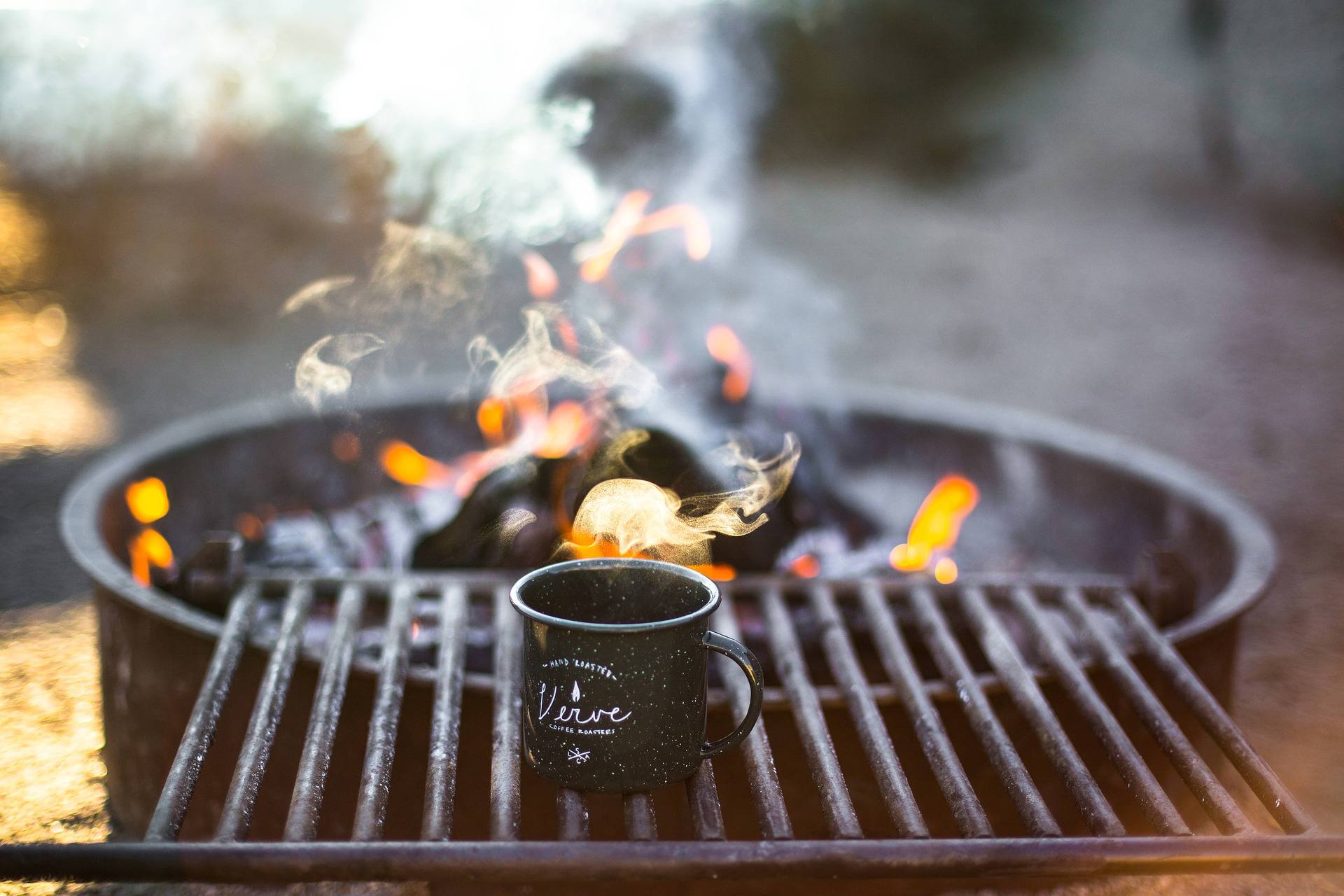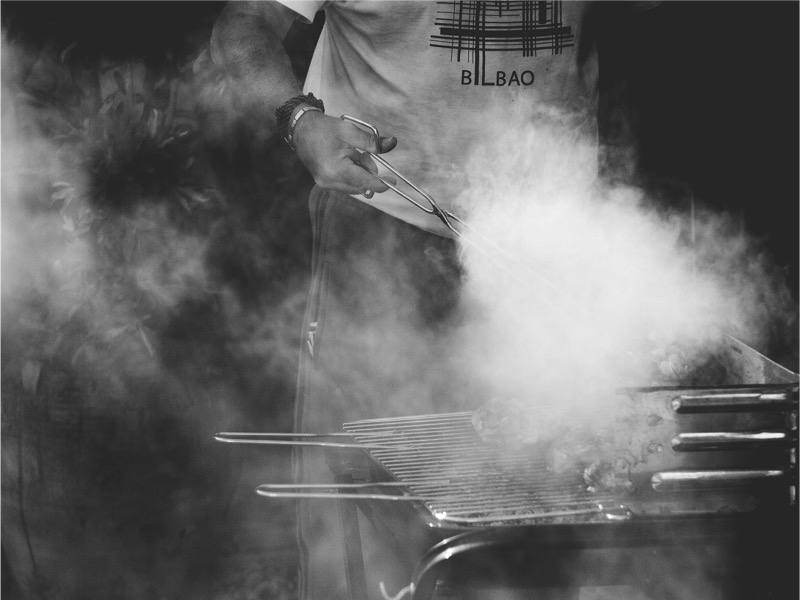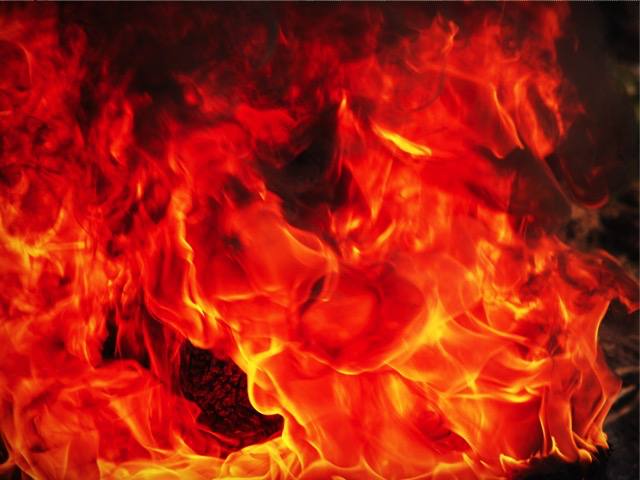Day 8: 5 Ways To Improve Your Indirect Heat Cooking Skills On A Small Grill.
So, you wanna improve your skills on cooking indirectly, but you don’t have a fancy offset smoker, no worries. There are a couple of tools and tricks you can use to get the desired results of indirect heat.
#1: Charcoal Basket and Drip Pan:
I often use this method on my Weber kettle grill. The basic idea here is to partition your fire to one side of the kettle using a charcoal basket. Then place a foil pan or sheet fashioned into a pan on the charcoal grate at the other side of the kettle. This will not only catch the drippings of the meat above, but it will also shield direct heat from hitting the meat by providing a buffer between it and the burning charcoal. This method is great for slow cooking ribs without a true smoker. Water can be added to the pan to make the cook chamber atmosphere more humid to aid in keeping the meat moist while cooking.
#2 Build a Brick Wall:
Let’s say you don’t have a charcoal basket for your kettle grill, or you have a different type of grill. No worries the same idea can be applied by setting the coals up at one side of the grill, and building a wall up to the cooking grate with bricks. The wall will provide the buffer between the meat and fire that is desired, and also once the bricks are warm, they will provide consistent heat as it slowly permeates through.
#3: Ring of Charcoal or The Snake Method:
This method is some what new to my bag of tricks, but i have found it to be very useful when I want to smoke a Boston Butt, but don’t want to break out the huge smoker or don’t wanna spend lots of money on tons of charcoal to smoke one butt on a larger smoker. If you have a small smoker you won’t need this method, but again if you have a Weber kettle grill or even a cheap burger and hotdog cooking tailgater, you can use this method and put some delicious slow smoke on a Boston butt or turkey or any thing that can fit in your small grill. So here is how you set it up. Take charcoal brickets and neatly stack them around the perimeter of the charcoal grate where it meets the side of the kettle. Leave space between the start and end of the ring so you don’t accidentally burn both ways at the same time. Start your fire on one end and it will slowly burn around the perimeter for many hours, at a nice low and slow pace. You can also sprinkle your favorite wood chips over the ring of charcoal to keep a steady regimen of smokey goodness cooking into the meat. I like to start my fire so that it burns clockwise, it helps indicate what hour of cooking I’m in. After you start your fire. place the cooking grate over it and place your meat in the center of the cooking surface. I like to place Boston Butts it in an aluminum pan, but leave the pan uncovered. It lets the Butt get the flavorful smoke, stay moist because it cooks in it’s own juices, and it acts as a buffer between the fire and the meat.

#4 The Stack Add-On:
There are a few different extensions you can add on to Weber kettles that move the cooking surface higher above the coals for a slower cook. In this type of situation the coals are still under the cooking surface, but not close enough to flame kiss a steak. If you are like me you like the idea of having the versatility of an add-on like that, but never think to buy one. I think it’s funner to create indirect heat using the methods mentioned above.
#5 Electric Smoker:
If you have access to electricity this is one of the easiest and consistent ways of smoking and using indirect heat. The heat is provided from a heating element much like an electric oven, and the smoke is typically created by feeding wood pellets or pucks via an auger or conveyor into the heating element creating smoke. These smokers are nice to have when cooking at home, but are generally not permitted in BBQ contests, as they make things way to easy and consistent. Taking the skill out of it.
I hope you enjoyed this article, as you can see the basic idea is to move the food away from direct heat to slow down your cooking process, and add that wonderful flavor we all love. Come back tomorrow for more BBQ tips, tricks, and stories!
-Michael Q



